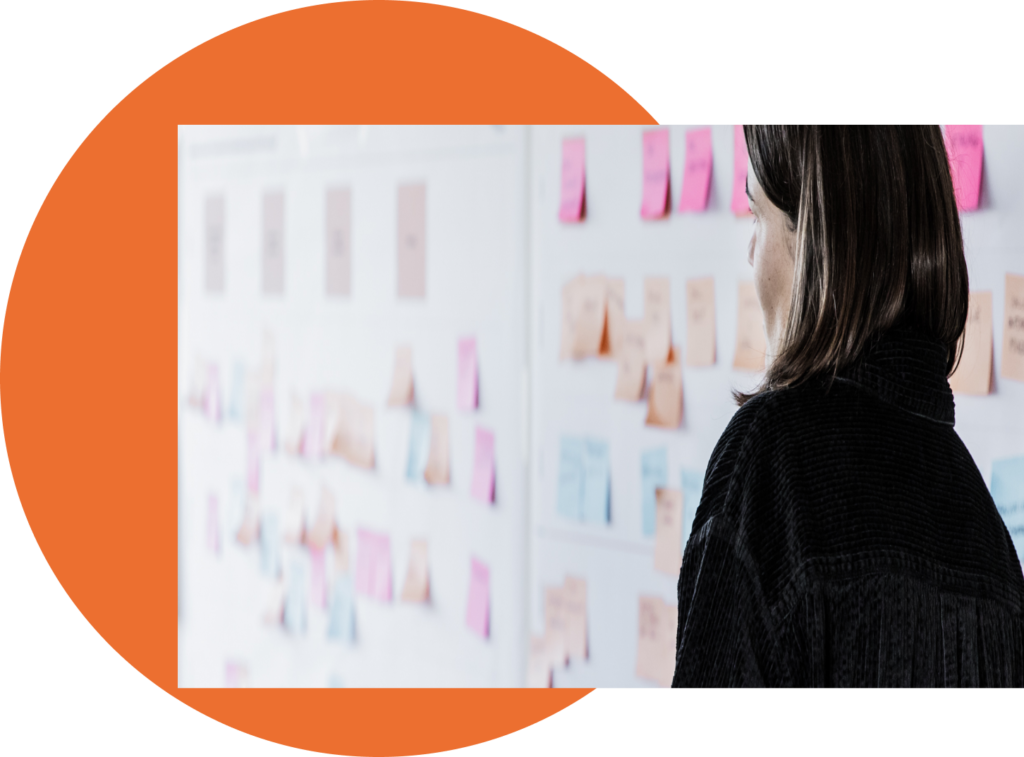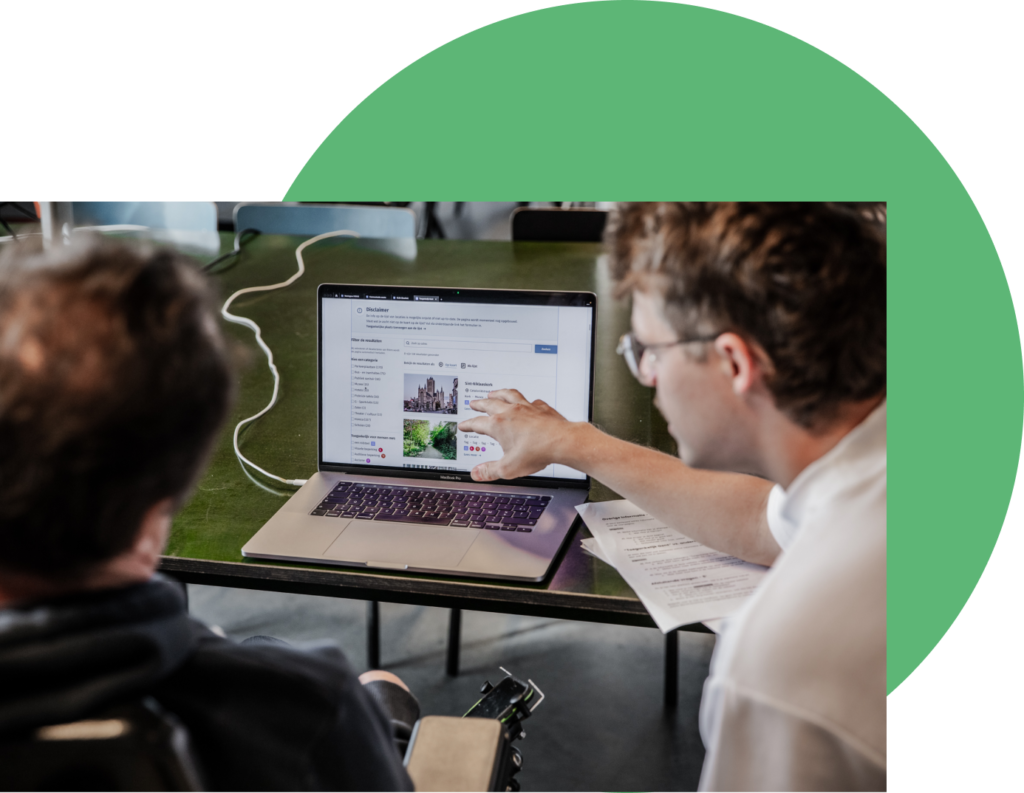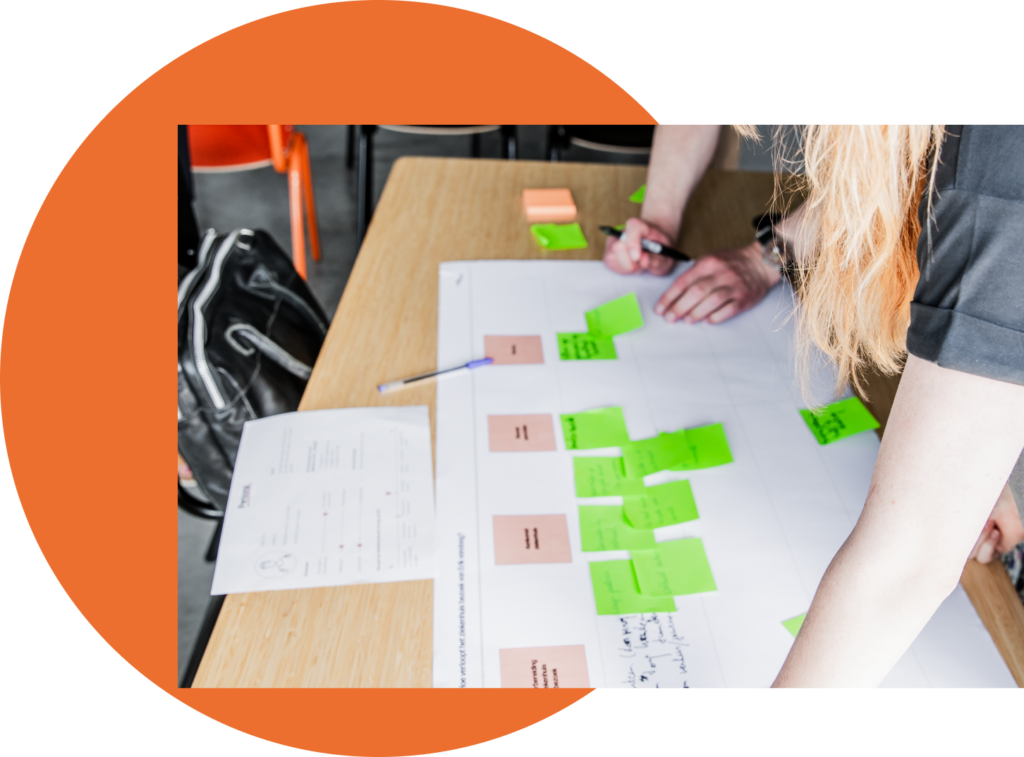How to understand user needs and limitations?
User research methods
Create detailed persona
Creating a comprehensive understanding of your target audience is foundational to inclusive digital building logbooks. Develop detailed persona that encapsulate the diverse demographics and needs of users. This involves crafting profiles that go beyond basic demographics, delving into the unique challenges and preferences.


Map the customer journey
Map out typical user journeys for different end user scenarios to anticipate how users will interact with the logbook. This process allows for tailored design solutions that cater to the specific needs and expectations of various user groups.
Involve end users in the process
Involve end users that fit the personae in the design process. Only by doing this it is possible to create a logbook that meets their needs. Invite them to co-creation workshops, or schedule some interviews. Use surveys, interviews, and focus groups to gather diverse feedback, their opinions about wants and needs, and their experiences. The goal is to test early and often every assumption you or your team may have. Don’t be afraid to ask questions!


Interviews & user testing
Interviews and user tests are invaluable for user research because they provide rich, in-depth insights into user behaviours, preferences, and motivations. Qualitative interviews allow researchers to delve deeper into the ‘why’ behind user actions, uncovering nuanced perspectives and underlying emotions. Interviews foster direct interaction between researchers and participants, enabling a deeper understanding of user experiences and needs. By capturing the experiences of users, interviews will lead to more user-centric and inclusive products and services.